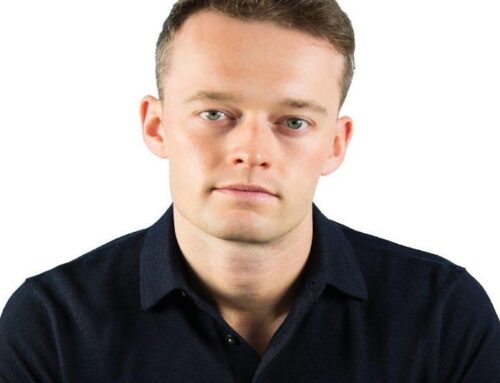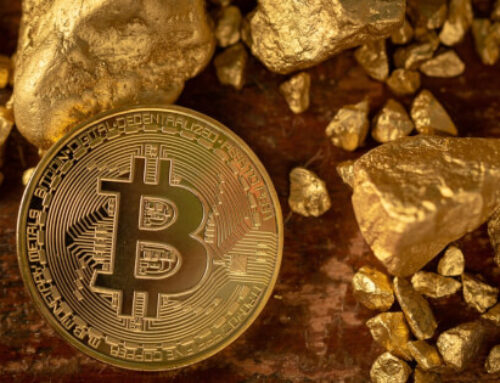German power prices turn negative as supply outpaces demand amid expansion in renewables
January 2, 2025
- German power prices fell into negative territory for four hours on Thursday.
- Negative prices are part of a growing trend in Europe amid the growth in renewable power generation.
- The region has increased renewable power supply after the war in Ukraine led to diminished natural gas flows.
German power prices briefly fell into negative territory early on Thursday, extending a trend being seen throughout countries in Europe as a jump in renewable power generation causes energy supply to outpace demand.
Intraday power prices in Germany fell below zero for four hours as wind energy surged toward 40 gigawatts to outpace demand, Bloomberg reported.
Consumer rates are usually agreed on ahead of time, so those prices don’t necessarily mean households receive reimbursements for their power consumption.
Rather, the negative prices concern day-ahead auctions for raw energy, which typically generate subsidies for the country’s producers.
The negative energy prices mark a continuation of Germany’s significant imbalance in power supply and demand into the New Year.
Germany saw its power prices slip into negatives for 468 hours last year, up over 60% from 292 the year before, according to data from Epex Spot.
The United Kingdom also saw a large increase, up 70% for the year, while France‘s time spent in negative territory more than doubled, causing some nuclear plants in the country to go offline in June. Spain, meanwhile, saw below-zero prices for the first time ever.
The increasingly common trend comes amid an expansion in renewable power across the continent, with a surge in solar and wind project in recent years.
In 2023, the European Union’s investment in renewables totaled nearly $110 billion, an increase of more than 6% from the year before, according to the International Energy Agency.
Part of that rise comes from a growing focus on renewables following Russia’s invasion of Ukraine in 2022, which cut off gas deliveries to much of the continent and led to a spike in energy prices.
Before the war, natural gas accounted for a quarter of all energy use in Europe, and much of that supply came from Russia.
As a result, the region had to move quickly to find other energy sources, which helped accelerate the energy transition.
The region introduced new targets for renewable energy consumption, with a goal of 45% by 2030, and also helped facilitate further clean energy investment by requiring member countries to give priority to renewable projects when issuing permits.
The renewable buildout has brought challenges, though.
Apart from weather-related risks and negative power prices, a lack of battery technology to store the electricity has proved difficult for solar energy. This is because consumers often don’t benefit from lower day-ahead prices as they tend to consume more energy outside of daylight hours, SEB Research said in a recent report.
Search
RECENT PRESS RELEASES
Related Post




